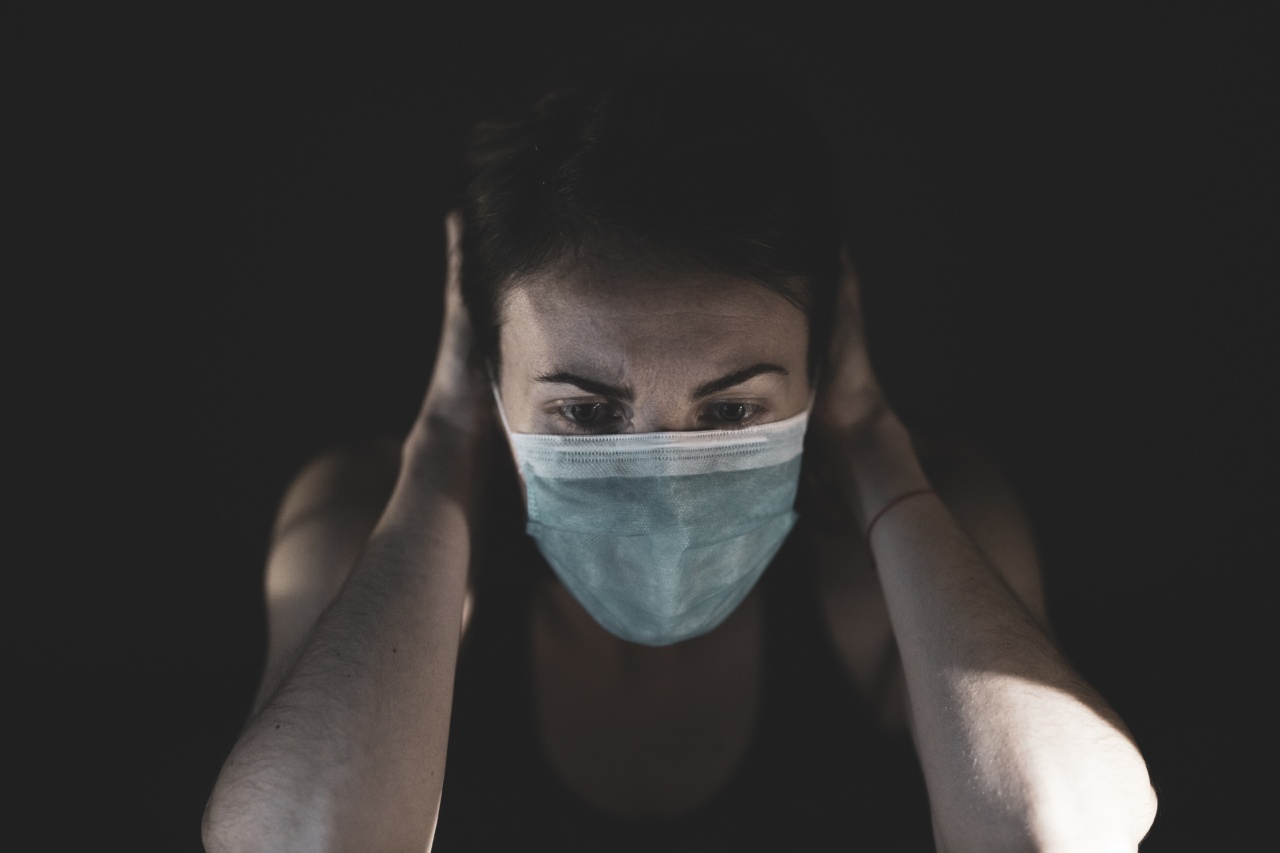In today’s fast-paced world, stress has become an inevitable part of our lives. Along with stress, many individuals also face the challenge of maintaining good lung health.
The good news is that there are various breathing techniques that can help improve lung health and combat stress. In this article, we will explore some effective techniques that you can incorporate into your daily routine to enhance your lung health and reduce stress levels.
1. Diaphragmatic Breathing
Diaphragmatic breathing, also known as belly breathing, is a deep-breathing technique that helps strengthen the diaphragm muscle, improves lung capacity, and reduces stress. To practice diaphragmatic breathing:.
- Find a quiet and comfortable spot to sit or lie down.
- Place one hand on your chest and the other on your belly.
- Inhale slowly through your nose, allowing your belly to rise while keeping your chest relatively still.
- Exhale slowly through your mouth, feeling your belly deflate as you breathe out.
- Repeat this process for several minutes, focusing on your breath and allowing yourself to relax.
2. Box Breathing
Box breathing, also known as square breathing, is a simple technique that can help regulate your breathing pattern and reduce stress. It involves the following steps:.
- Sit in a comfortable position and close your eyes.
- Inhale deeply through your nose for a count of four.
- Hold your breath for a count of four.
- Exhale slowly through your mouth for a count of four.
- Hold your breath again for a count of four.
- Repeat this process for several minutes, allowing yourself to find a rhythm.
3. Alternate Nostril Breathing
Alternate nostril breathing, also known as Nadi Shodhana, is a popular breathing technique in yoga that helps balance the flow of energy in the body while calming the mind and reducing stress. Here’s how to practice alternate nostril breathing:.
- Sit comfortably with your back straight.
- Use your right thumb to close your right nostril.
- Inhale deeply through your left nostril.
- Use your right ring finger or pinky finger to close your left nostril.
- Exhale slowly through your right nostril.
- Inhale deeply through your right nostril.
- Close your right nostril with your right thumb.
- Exhale through your left nostril.
- Repeat this process, focusing on the breath and maintaining a steady rhythm.
4. Pursed-Lip Breathing
Pursed-lip breathing is a technique that can help improve lung function and alleviate shortness of breath. It involves the following steps:.
- Sit in a comfortable position and relax your shoulders.
- Inhale deeply through your nose for two counts.
- Purse your lips as if you’re about to blow out candles on a birthday cake.
- Exhale slowly and gently through pursed lips for four counts.
- Repeat this process for several minutes, focusing on making your exhale longer than your inhale.
5. 4-7-8 Breathing Technique
The 4-7-8 breathing technique, developed by Dr. Andrew Weil, is a simple method that can help calm the mind, reduce stress, and promote better sleep. Here’s how to do it:.
- Sit or lie down in a comfortable position.
- Place the tip of your tongue against the ridge of tissue behind your upper front teeth.
- Inhale quietly through your nose to a mental count of four.
- Hold your breath for a count of seven.
- Exhale forcefully through your mouth, making a whoosh sound, to a count of eight.
- Repeat this cycle for four breaths, and then continue for several more rounds.
6. Breath Focus Meditation
Breath focus meditation is a practice that involves paying attention to your breath and bringing your focus back whenever your mind wanders. It helps relax the body, calm the mind, and reduce stress.
Follow these steps to practice breath focus meditation:.
- Find a quiet and comfortable place to sit.
- Close your eyes and take a few deep breaths.
- Allow your breath to return to its natural rhythm.
- Direct your attention to the sensation of your breath entering and leaving your nostrils.
- If your mind starts to wander, gently bring your focus back to your breath.
- Continue this practice for a desired duration, gradually increasing the time as you become more comfortable.
7. Kapalabhati Breathing
Kapalabhati breathing, also known as skull-shining breath, is a powerful breathing technique that helps cleanse the respiratory system, increase lung capacity, and invigorate the mind. Here’s how to do it:.
- Sit comfortably with your back straight.
- Take a deep breath in through your nose, filling your belly.
- Exhale forcefully through your nose by drawing your belly inward towards your spine.
- Allow the inhalation to happen naturally, and focus on the forceful exhalation.
- Start with a few rounds and gradually increase the speed, aiming for one exhalation-inhalation cycle per second.
- After completing a round, take a deep breath in and relax.
- Repeat this process for several rounds, gradually building up the duration.
8. Lion’s Breath
Lion’s breath is a unique breathing exercise that helps relieve tension in the face, throat, and chest while also releasing stress and anxiety. Here’s how to do it:.
- Sit in a comfortable position with your back straight.
- Take a deep inhalation through your nose.
- Exhale forcefully through your mouth while opening your mouth wide and sticking out your tongue.
- Simultaneously, open your eyes wide and contract the muscles on your forehead.
- Release the breath and return to a relaxed position.
- Repeat this process for several rounds, allowing any tension or stress to dissipate with each lion’s breath.
9. Coherent Breathing
Coherent breathing, also known as resonant or deep breathing, is a technique that helps synchronize your breath and heart rate, promoting relaxation and reducing stress. Here’s how to practice coherent breathing:.
- Find a comfortable position and relax your body.
- Inhale smoothly through your nose for a count of six.
- Exhale gently through your nose for a count of six.
- Continue this pattern, maintaining a steady rhythm.
- Focus your attention on the sensation of your breath as you inhale and exhale.
- Practice coherent breathing for a few minutes each day to experience its benefits.
10. Guided Breathing Exercises
In addition to the above techniques, guided breathing exercises can also be beneficial for improving lung health and reducing stress.
There are various guided breathing apps and videos available that can assist you in practicing different breathing techniques. These resources provide step-by-step instructions and soothing music or narration to enhance relaxation.
Incorporating these breathing techniques into your daily routine can have a profound impact on your lung health and overall well-being. Regular practice can help increase lung capacity, reduce stress, promote relaxation, and enhance mental clarity.
Take a few moments each day to prioritize your breath, and experience the transformative power of these simple yet effective techniques.




























